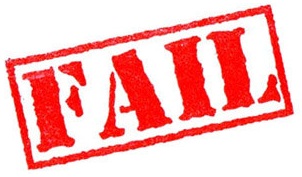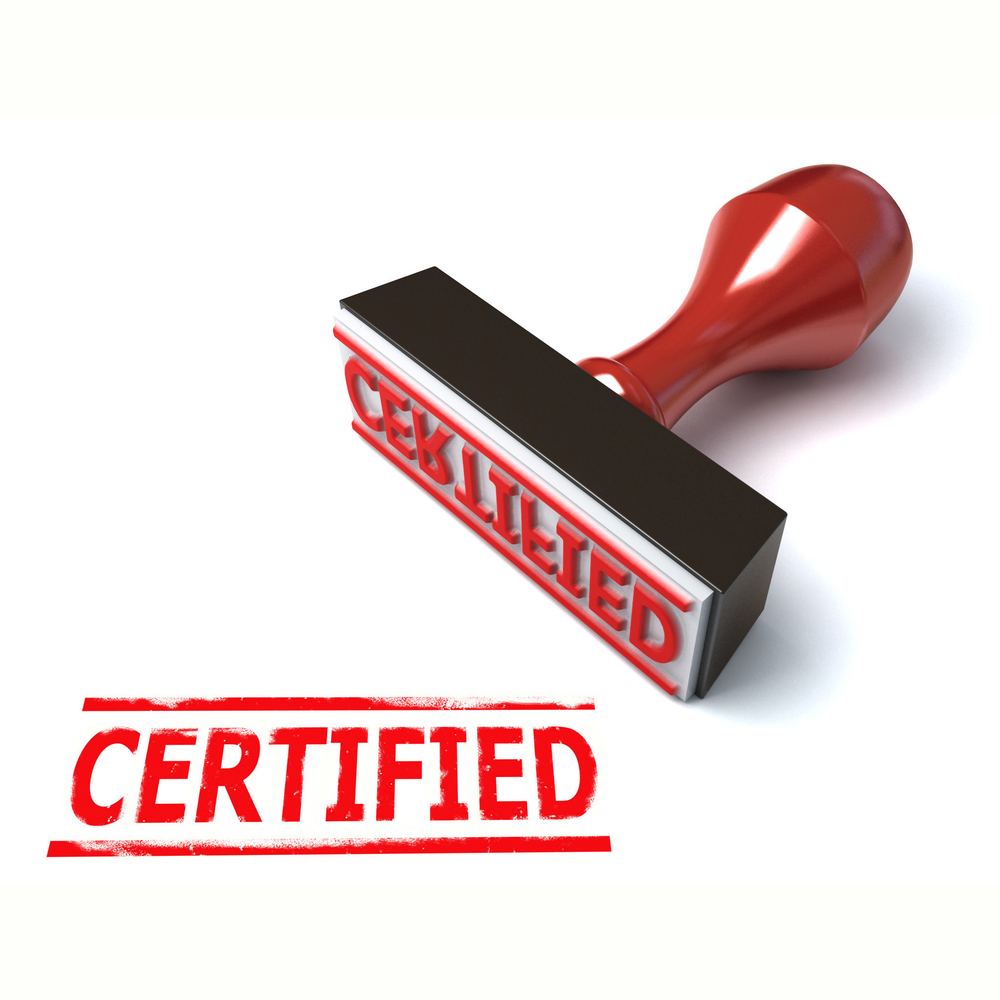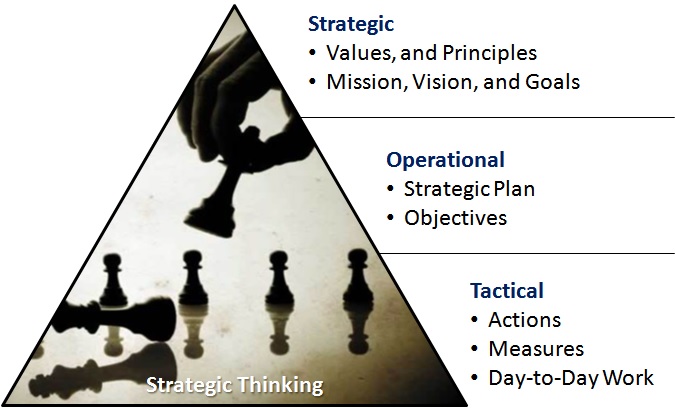Train your leaders first to change the culture
Oftentimes we get leadership support to an initiative to change the culture, but they don’t have the actual skills to implement the changes they’re supporting. Before you can expect your front-line employees to live a culture of continuous improvement, you have to develop your leaders, managers, and professionals. Everything we’ve discussed over the past six blogs have built to this. See how building a culture of continuous improvement starts with developing leadership and professionals.






 Leadership is a dying art in the world today. The great leaders of the past are found few-and-far between these days. There are some that have been fairly successful leaders that have rose to an iconic status, but have they been truly great leaders or just really successful at running something?
Leadership is a dying art in the world today. The great leaders of the past are found few-and-far between these days. There are some that have been fairly successful leaders that have rose to an iconic status, but have they been truly great leaders or just really successful at running something?